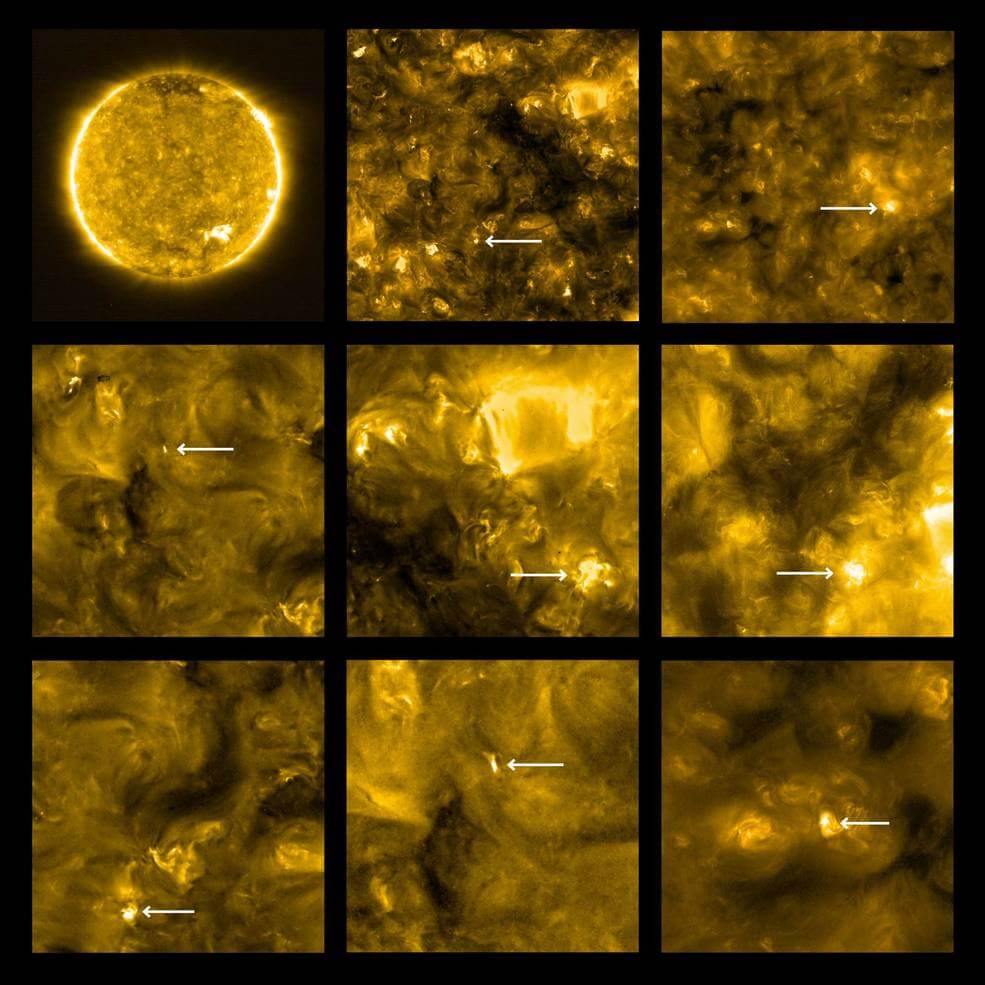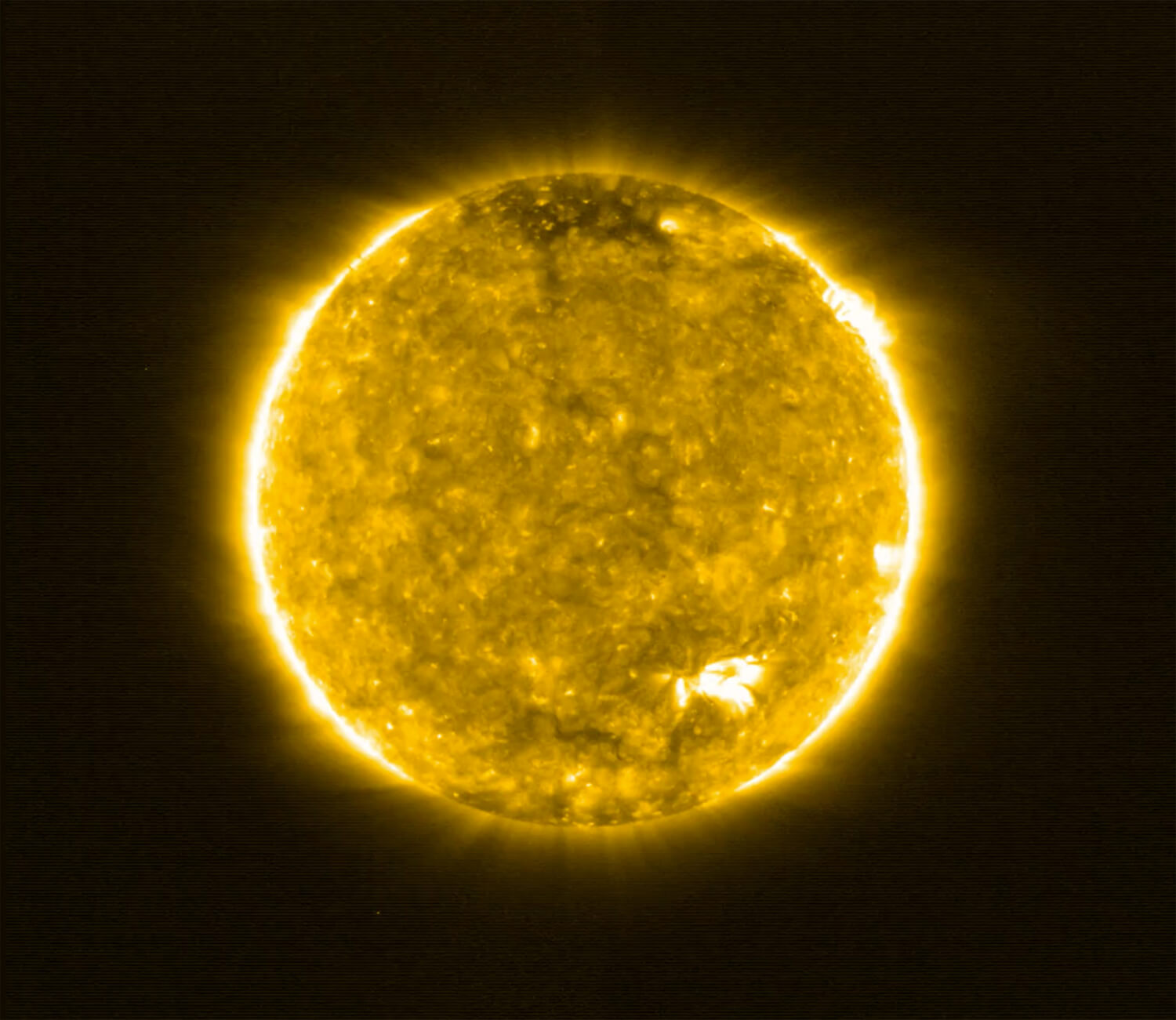Something to look forward to: Best yet, this is only the tip of the iceberg. Over the planned seven-year mission, the craft's other instruments are expected to reveal a wealth of additional information about the Sun that scientists will be studying for years to come.
The Solar Orbiter, a Sun-observing satellite jointly funded by the European Space Agency (ESA) and NASA to further study our closest star, has sent back its first bit of data.
After multiple delays, the Solar Orbiter finally launched in February of 2020 on an Atlas V 411 rocket. Following months of travel, the spacecraft recently completed its first close pass of the Sun and snapped some stunning photos in the process.
Daniel Müller, ESA's Solar Orbiter project scientist, said they didn't expect such great results so early. Holly Gilbert, NASA project scientist for the mission at NASA's Goddard Space Flight Center in Greenbelt, Maryland, said, "These amazing images will help scientists piece together the Sun's atmospheric layers, which is important for understanding how it drives space weather near the Earth and throughout the solar system."

The mission was put in jeopardy by the ongoing Covid-19 pandemic as it forced all but the most essential personnel to work from home. It was "the first time we have ever done that," said Russell Howard, principal investigator for one of Solar Orbiter's imagers. Nevertheless, the team persevered.
For its first rendezvous, the Solar Orbiter flew within 48 million miles of the Sun and fired up all 10 onboard instruments to collect data. The craft's Extreme Ultraviolet Imager (EUI) identified the presence of what David Berghmans, an astrophysicist at the Royal Observatory of Belgium in Brussels, called "campfires."
"The campfires we are talking about here are the little nephews of solar flares, at least a million, perhaps a billion times smaller," Berghmans said. "When looking at the new high resolution EUI images, they are literally everywhere we look."
NASA notes that while other spacecraft have flown closer to the Sun, none were equipped with Sun-facing imagers.
